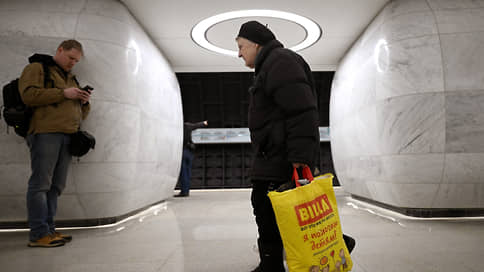five-year trend inflation in September increased to 6.87% from 6.36% in August, and three-year trend inflation increased to 7.92% from 7.62% in annual terms
[ad_1]

Consumer prices grew rapidly in September 2023 (see Kommersant, October 12). According to the Central Bank, five-year trend inflation (the long-term average, cleared of the influence of one-time and seasonal factors) in September increased to 6.87% from 6.36% in August, and three-year inflation – to 7.92% from 7.62% in August. in annual terms. “This indicates a strengthening of the persistent component of inflation pressure. Increased rates of price growth continue in all major categories, including the group of goods with high sensitivity to exchange rate changes,” the regulator notes.
The acceleration of inflation, according to Rosstat, continued in the first week of October, with the lion’s share falling on the basic consumer basket. A faster (compared to the general index) increase in prices for the consumer basket “for the poor” has been recorded for several months at the Center for Macroeconomic Analysis and Short-Term Forecasting (CMAP), calculating the adjusted index, which includes a minimum set of food products (without animal oil, alcoholic beverages, “other food products”), medicines, synthetic detergents, housing and communal services (excluding hotels) and transport (see chart). “The structural component of inflation (“inflation for the poor”) is now working to worsen the situation of low-income groups of the population. This is due to the emerging accelerated rise in prices for a number of types of food – and the situation seems to be only beginning to worsen. The “cheap food” factor no longer works. There is a risk of increased poverty,” the center noted, based on data as of the end of August.
The risk exists despite the fact that the situation on the labor market continues to warm up almost linearly against the backdrop of a historical, according to the center’s analysts, increase in demand for labor, a deterioration in its supply due to a decrease in the number of migrants (the impact of the weakening of the ruble) and competition from contract services in Armed Forces of the Russian Federation, as well as the lack of effective mechanisms for the redistribution of employees from low-effective ones in terms of labor use to efficient sectors. “The economy turned out to be characterized by a combination of labor shortages and high hidden unemployment (in construction, trade, agriculture, security activities),” conclude the TsMAKP.
[ad_2]
Source link






